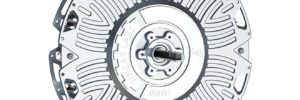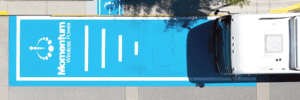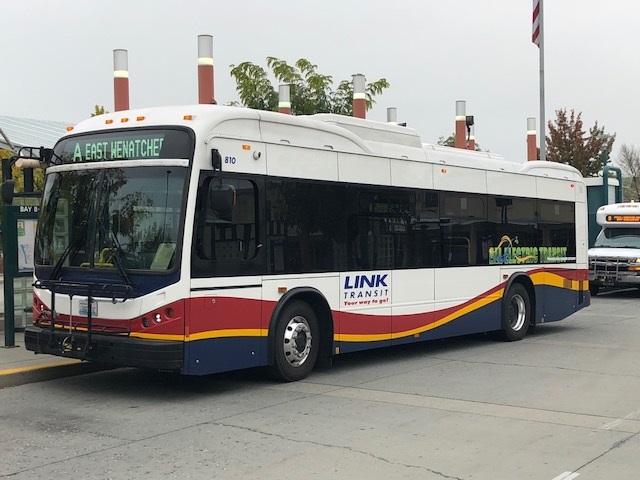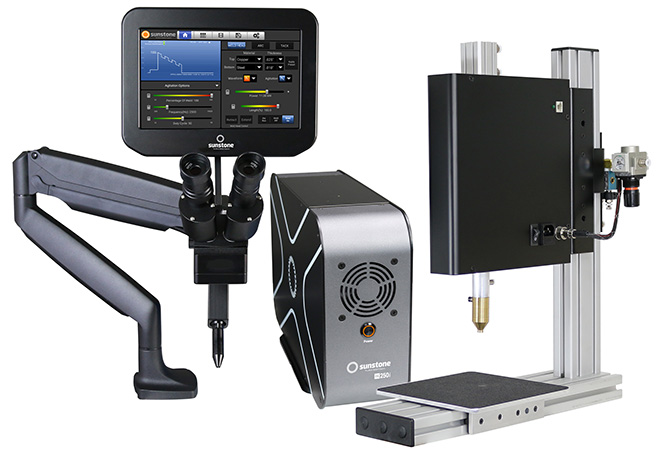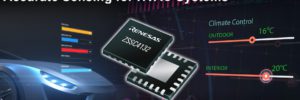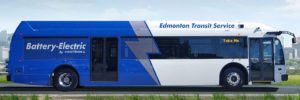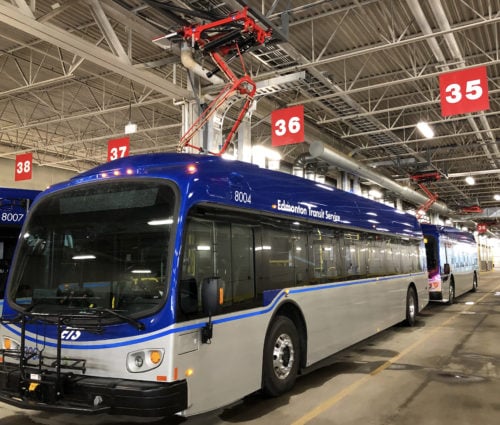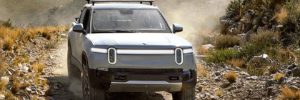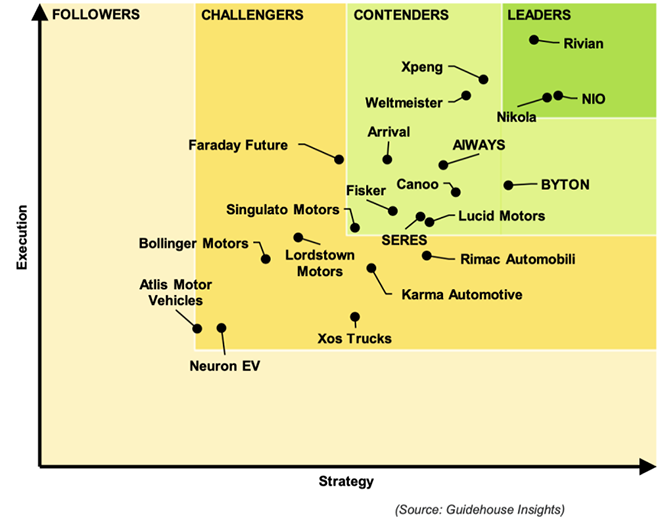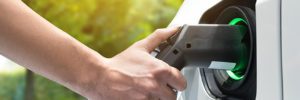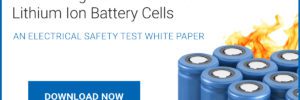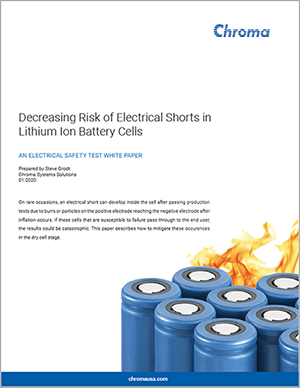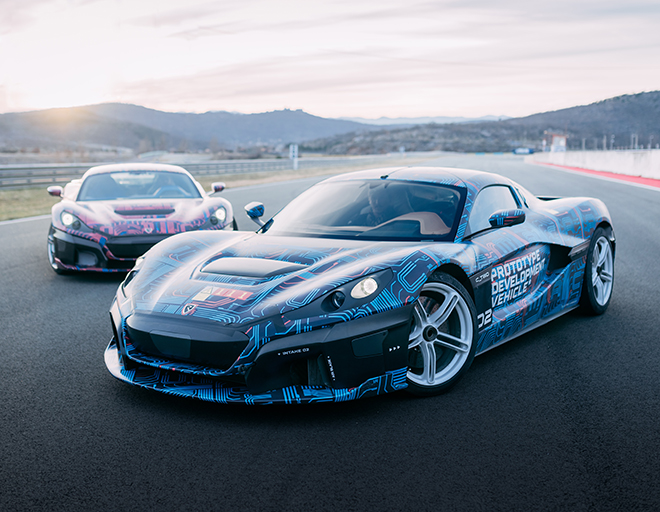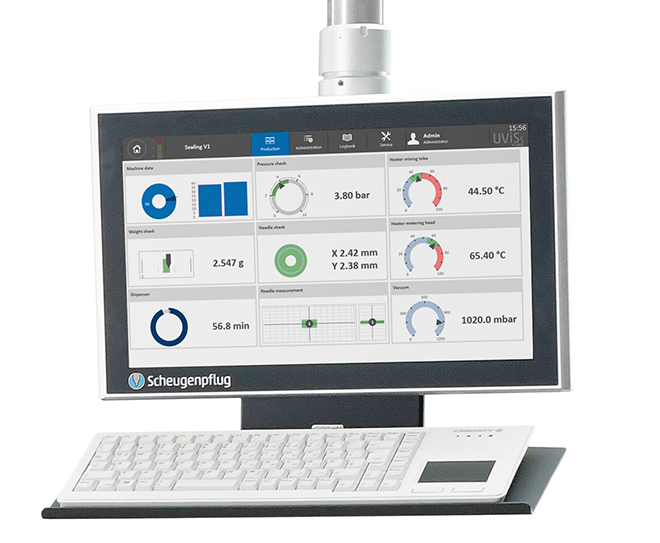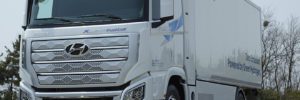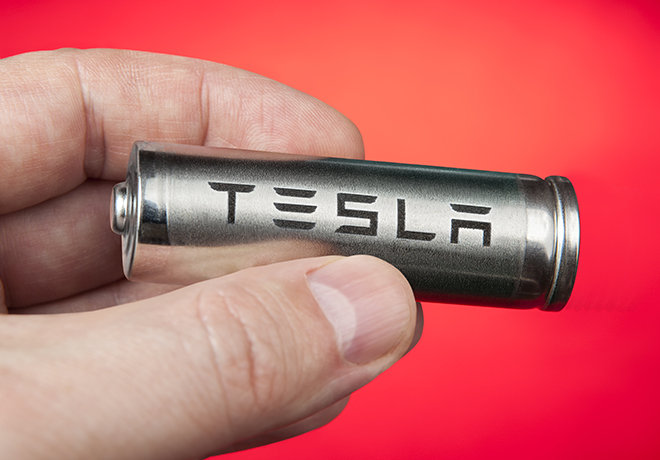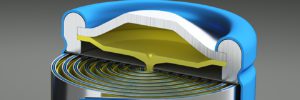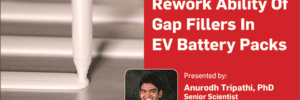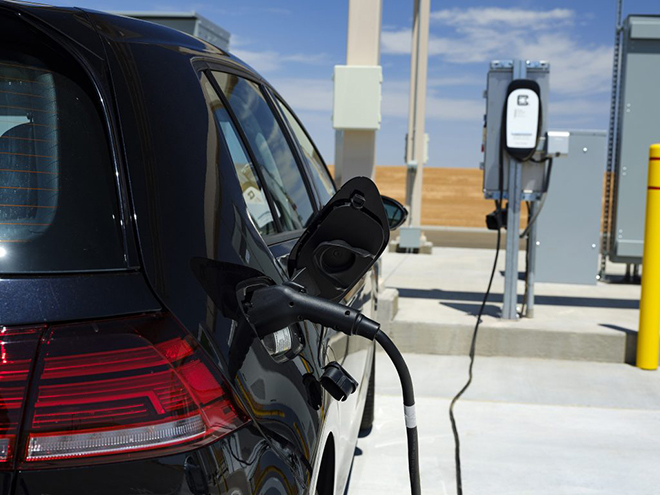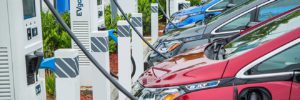
General Motors announced Friday that it would partner with the EVgo charging network to add an additional 2,700 fast-charging stations by 2025. The announcement comes a week before it unveils the 2022 Cadillac Lyriq electric luxury SUV, the first of up to a dozen new battery-electric vehicles it says it will offer in North America by 2025.
The new charging stations will be located in metropolitan areas, not on long-distance highway corridors. The goal is to provide fast charging “where people already are,” including shopping malls, grocery stores, pharmacies, playgrounds, parks, and other regularly visited locations. This will provide convenient fast EV charging to apartment dwellers, ride-hailing and delivery drivers, and others who may not be able to charge at home overnight.
The companies declined to say how much GM will invest; company CEO Mary Barra called it “pretty significant” without specifying any dollar figure. They also would not discuss the total cost of the new stations overall, or the locations where they will be sited.
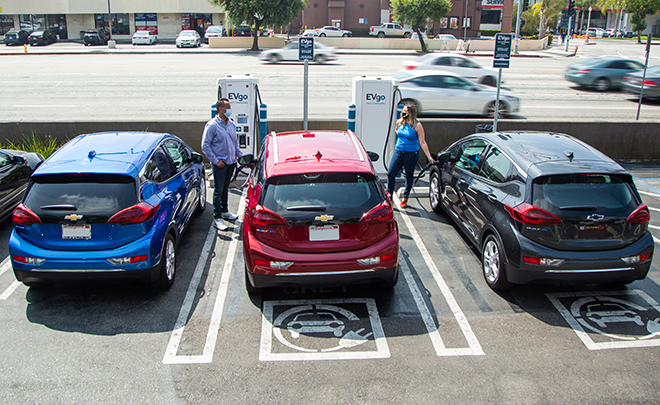
Change in direction
The GM partnership with EVgo represents a change in direction from a carmaker that refused for a decade to invest in EV charging infrastructure. In January 2016, asked whether GM would provide any charging infrastructure for its then-new Chevrolet Bolt EV, its CEO and top electrification executives both gave a flat no.
“We are not actively working on providing infrastructure [for the Bolt EV],” said CEO Barra in 2016.
“We believe all our customers should benefit from any infrastructure spending,” added electrification executive Pam Fletcher.
But that was then, and this is now. Questioned on GM’s evolution in thinking CEO Barra said Friday that the company had “fast-forwarded since 2016,” when it launched the Bolt EV.
“We’ve done extensive consumer research,” she said, “and as range anxiety has fallen to the background” with announcements by GM and others of 300-mile ranges on future EV models, “clearly they expect a robust public charging network” as well.
That makes the company’s investment in new fast-charging stations the “next logical step”—and GM chose EVgo because it already had a “robust charging network” nationwide.
The partners are looking at several markets for this rollout, which they called “very ambitious,” including those where they anticipate growth in EV sales. Those may include Florida, Texas, and Illinois, Barra said—notably omitting GM’s home state of Michigan.
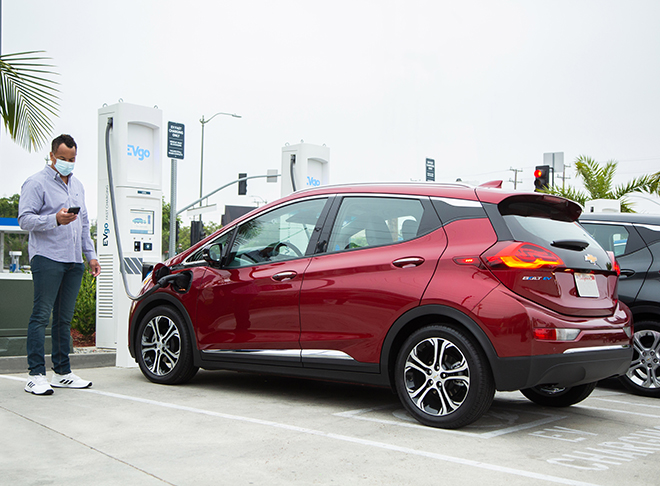
EVgo CEO Cathy Zoi added that while California has more charging stations than any other state, its population of EVs meant that it too still needs more fast-charging infrastructure than it has today.
The new stations will be open to all EV drivers who can use the CCS or CHAdeMO standards, and will not carry any special GM branding. The first of the new GM-funded EVgo fast-charging locations will open early in 2021, the companies said, and all 2,700 will be completed during 2025.
Source: GM
source https://chargedevs.com/newswire/gm-to-fund-expansion-of-evgo-fast-charging-network-for-electric-cars/
